We have all seen sometime, somewhere the heroic footage of Alistar Brownlee carrying his brother Johnny across the line, after he hitting the proverbial wall. This was partly due to running out of fuel and not getting the balance right. It can happen at all levels. Hopefully what we have outlined below will help you avoid this.
Most people are aware that they need to train the body for an adventure race, they need to do the long runs, the sprint/hill repeats, the long cycles, the brick or back to back sessions etc…they know they need to have the right gear, the bike needs to be in good working order, the runners need to be in decent shape, all the important and obvious things and most people get this right. However they tend to forget that the body also needs to be fueled to do an event, the body needs energy, needs water and if doesn’t get these things then it will not be able to go on or will not be able to function correctly.
Success in an adventure race will come as much from having the right nutrition plan as having done the right training…and success is relative, it may be winning the event, beating your last year time or it may be about finishing….it doesn’t matter, you still need to have a plan!
In your average adventure race if you don’t hydrate or fuel properly then you won’t perform optimally, you’ll be sluggish, you’ll be tired on the last run, you might have to walk a bit, you might not feel too good in the later stages of it….but chances are that you’ll get away with it, the race is only a few hours and you’ll put it down to a bad sleep , the drive to the race, going too hard on the steep bit, going too hard on the bike or whatever.
With a long endurance event like Quest 12/24 you will not get away with it, if you have a bad nutrition plan, or worse have no plan in place then best case you will suffer badly for hours and worst case might not even be able to finish. With a decent breakfast on the morning of the event and your body reserves you will typically have enough in the tank to go a moderate pace for 3-4 hours (if you go at a more intense pace then this may be as short as 2 hours)…so without additional fuel your body will start to let you down and you will be in trouble…..you will experience what they call ‘bonking’, you will hit the wall, your body just won’t be able to go on.
Race fueling (I am avoiding calling it nutrition) in my opinion is both an art and a science. The basic maths are simple – you put x fuel in you get y energy out, your body can only absorb about 300 cals per hour….and depending on how intense you are going you will be using 500-800 per hour.
Staying in your aerobic or fat burning zone (about 50-75% of your max heart rate) will enable the body to get the most of the remaining calories needed through burning stored fat…therefore following this strategy and staying in zone 3 heart rate zone you can keep going and not run out of steam and finish the event.
However, operating above this intensity level you will not burn body fat. Your body becomes a carbohydrate (muscle-glycogen) burning machine….so 2-3 hours at above this zone and you will hit the proverbial wall, and bonk….you don’t want this…a gel or bar might give you temporary relief but you are running on empty and it will not end pretty!
A very simple rule is the longer the race, the less intense you go, and the more you eat. The key to a successful fueling plan is to start your plan right from the start, eat before you get hungry, and drink before you’re thirsty. Plan to start eating and drinking very early in the race. Plan to start eating and drinking on the first cycle….do not wait until you get to transition to refuel….if you wait until you get to Carrauntoohil then it’s already too late.
The art side of race fueling is figuring out what works for you the individual, you need food that works for you, that you can easily eat and more importantly that you can easily digest.
One option is to go with a product like tailwind or something similar where you can get a measured amount of calories in your water mix and you can control how much you take in per hour, couple this with some solid food (which is as much mental as anything for a bit of variety and taste) and there is a readymade and easy to implement plan….but at this stage you should have tried this and made sure that it works for you….do not try anything new on race day!!
You need to be able to digest, and then absorb, whatever food and drink you decide to use. The fuel you take in first starts to break down in the stomach, then empties into the small intestine, where the carbohydrates, fats and proteins are absorbed. So ideally, you want your food or liquid to become absorbed as fast as possible to fuel your muscles (and brain!!!)
Standard stuff long distance or endurance event athletes use are things like fig rolls, jaffa cakes, protein bars, energy bars, chocolate bars, cakes, biscuits , sweets, jelly beans, boiled spuds, even sandwiches. There is also the weird phenomenon during longer events where you start craving totally random stuff, usually towards the end of a stage or the event, where you start to crave, fizzy drinks, crisps and very random stuff….so it’s a good idea to pack a few bits and pieces in the transition boxes like crisps, cans of coke or lucozade or whatever….the key is to find what works for you
A challenge for some people with the eat eat eat plan may be that they struggle to eat on the move, again this is something to practice in training….the bike is your friend, a moving cupboard, a restaurant on wheels. Use the time on the bike to eat, getting to the top of a climb like Ballaghbeama you will be tempted to breathe a sigh of relief and reward yourself with a fast descent, going hell for leather down the far side as fast as you can….think the bigger picture….use the flat and downhill sections to get some food in to you, if you use the flat and downhill sections to ‘make up time’ only then soon enough you’ll be at a hill again and the opportunity will be lost…it’s a long day, a few seconds made up on a descent won’t matter a bit in the bigger scheme of things.
You know the course at this stage, plan when you will eat….know what you have on the bike, what you’ll have at transition (remember you will have access to hot water, maybe a pot noodle works for you!!), what you going to bring on Carrauntoohil, what will you bring on the last run, what about the kayak??
If you are planning on wearing a race/hydration vest on any of the runs then have it pre-loaded with your food etc..
Google long distance race fueling or talk to someone who has done a long distance event (even an ironman or ultra-race or something like that) about fueling/nutrition and what you need to be doing. As an average level participant in these events, this is just my interpretation and what works for me, and it’s just my very simplistic maths and strategy…..300 cals every single hour, right from the word go, and about 500ml water roughly every hour.
So bottom line, go out too hard and you’ll be in trouble, don’t eat enough and you’ll be in trouble…..take an hour to put together a food and nutrition strategy….educate yourself on the basics of race fueling (google it, there are hundreds of pages which will give you advice)….This is just my opinion and what works for me…..There are a bunch of lads in this group who have done long distance events…I’m sure they would happily advise on what worked for them (there’s no real blueprint, while the basic strategy is the same, the interpretation and the specifics of what is used or eaten and what works will be different). Feel free to ask me anything, happy to share what has worked for me (and I know what happens to me if I don’t fuel as well, I have me the wall more than once in my earlier endevours!)
Disclaimer – I am an average participant with no nutritional background or qualifications. This is my interpretation and what works for me. I have done many long distance events and have honed my plan over the years and have found a good formula that works for me. I have spoken to many other long distance athletes and gotten their input and it fits well with the model that works for me.
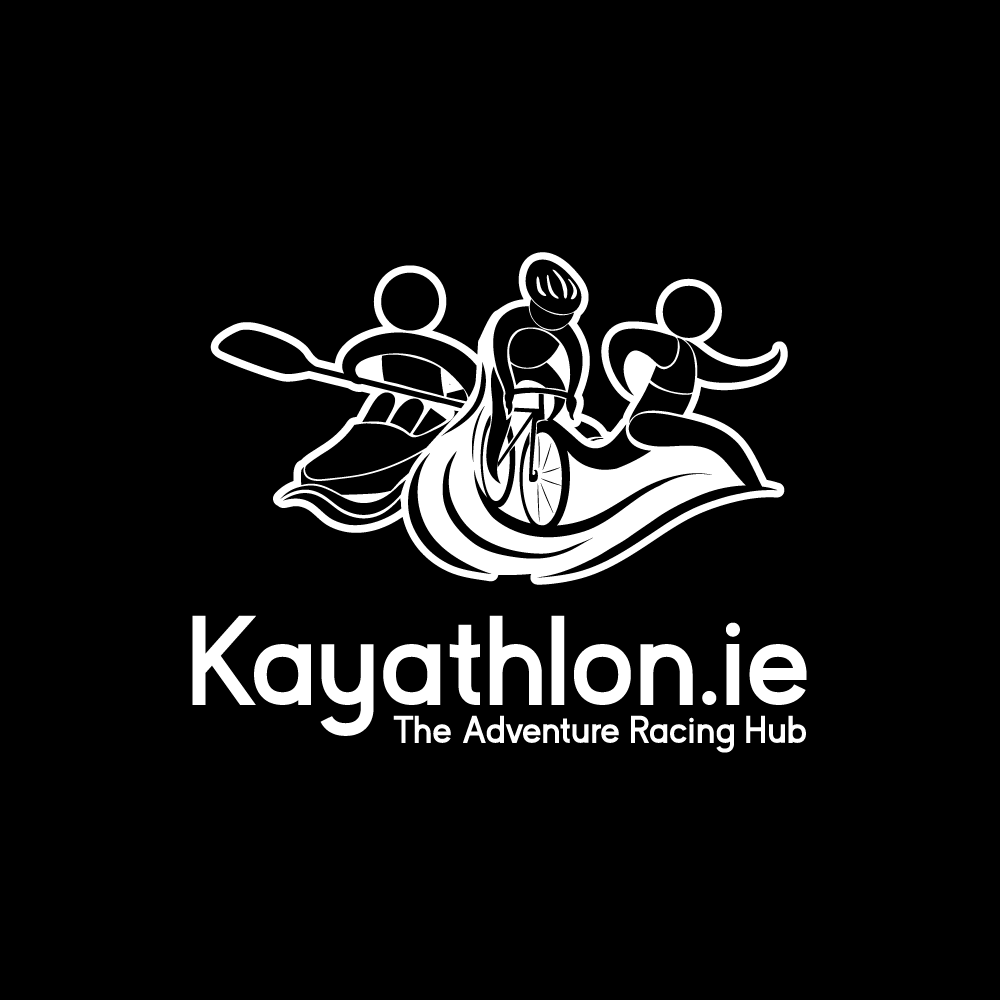

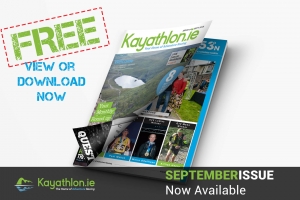
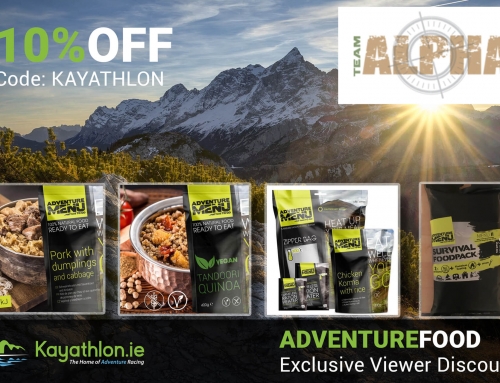
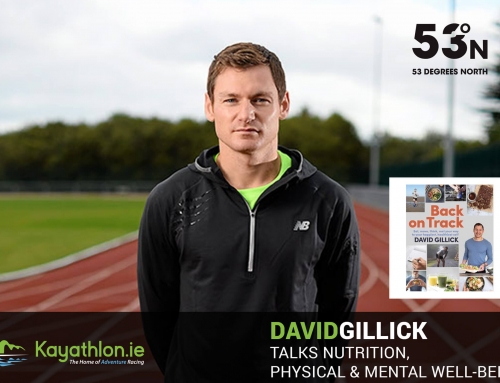
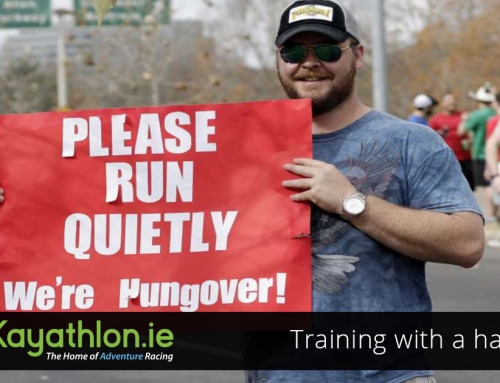
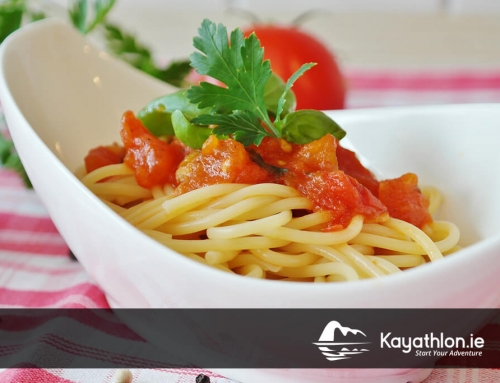
As another average participant, the article is simple but perfectly put Padraig. Q12 was my first ever long distance event and I finished better than when I did my one and only marathon. I worked out beforehand what and where I was going to eat and counted calories in each item. 4500 calories was the goal but I think I consumed a bit less over the day, closer to 3500.